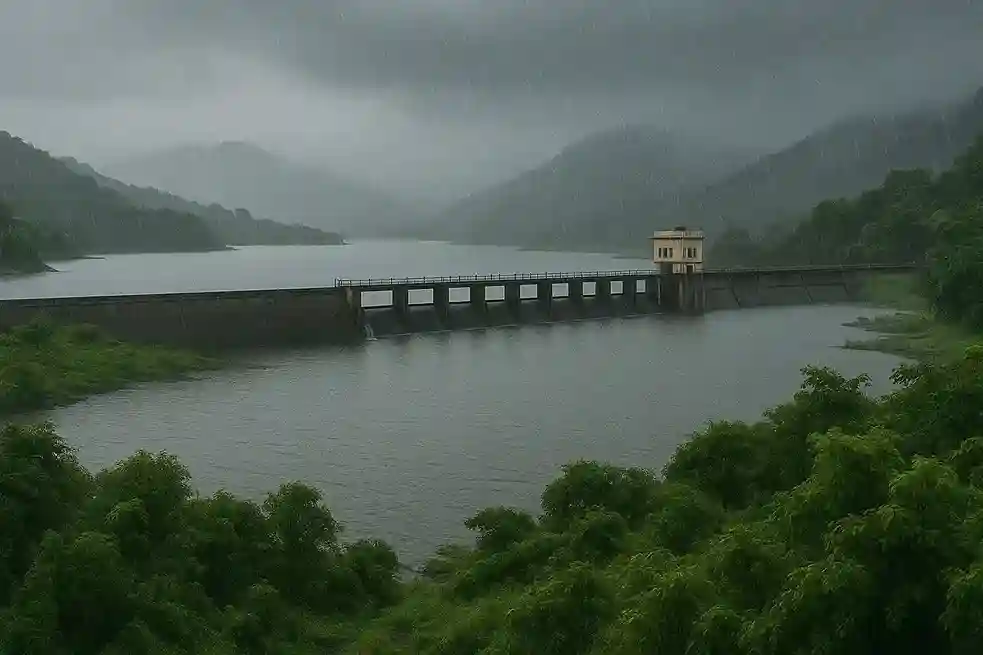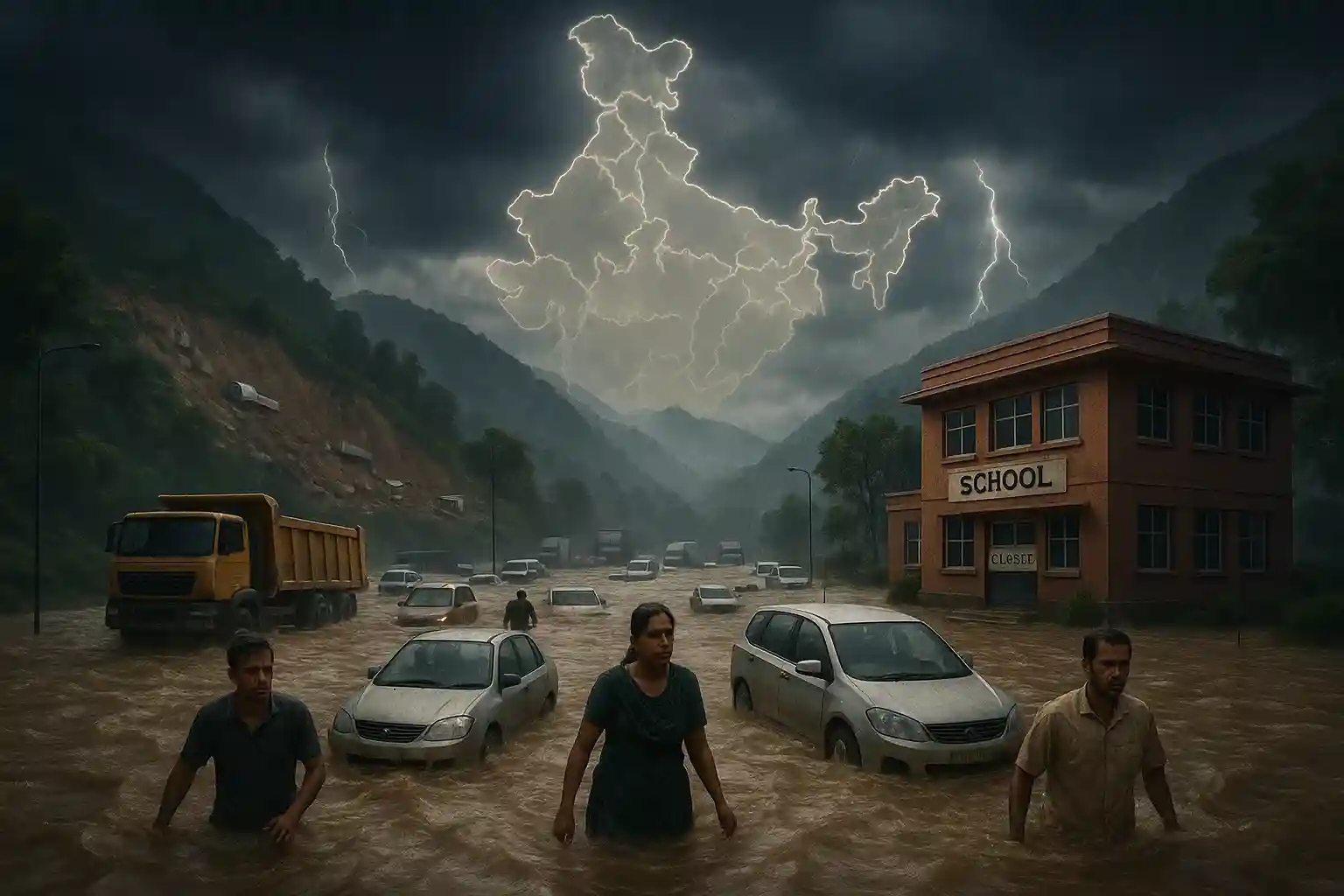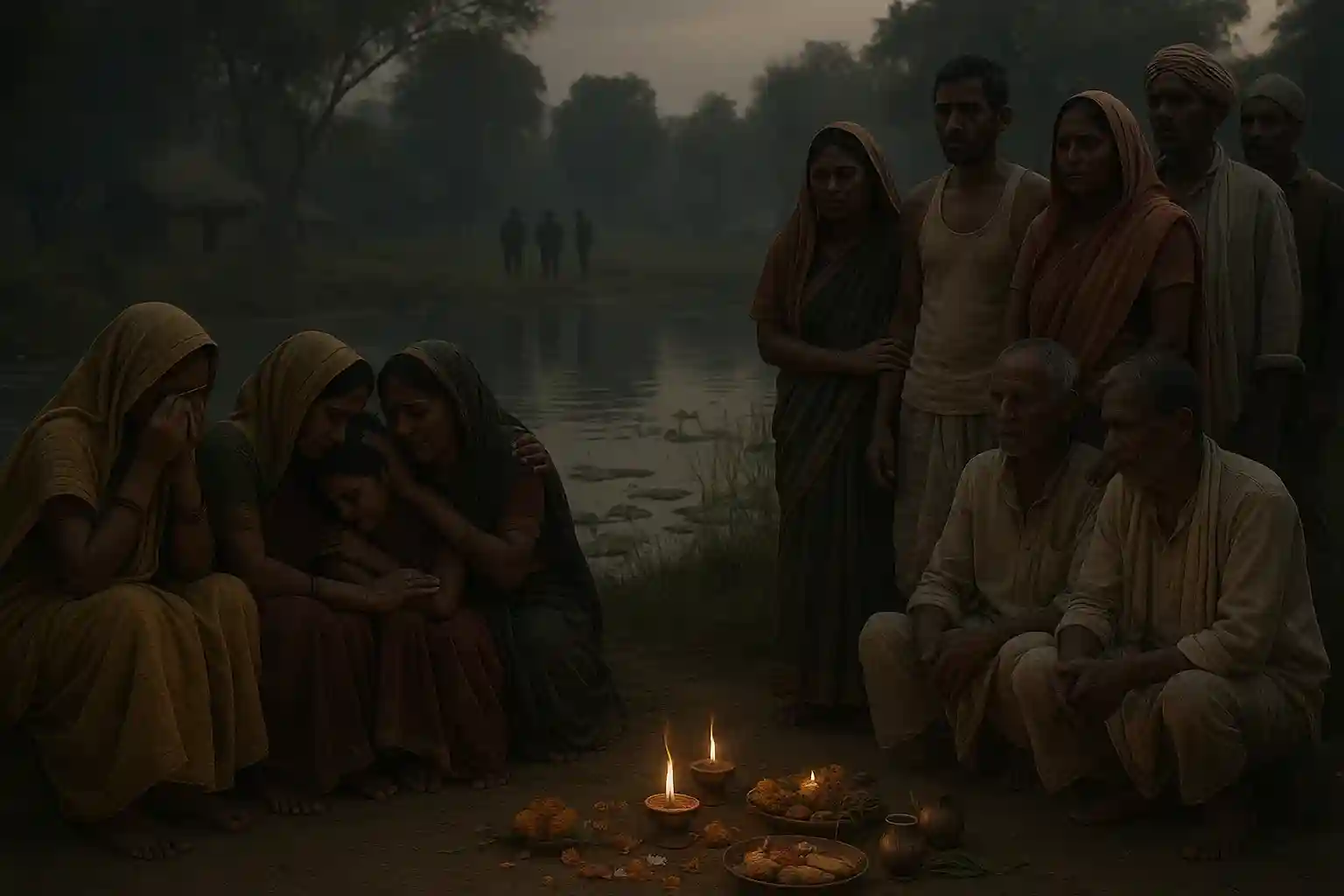Mumbai's Water Crisis Ends: Heavy rains replenish Mumbai's water stock to 95% of capacity, ensuring supply for over a year

Mumbai's Water Crisis Ends: Heavy rains replenish Mumbai's water stock to 95% of capacity, ensuring supply for over a year
MUMBAI, India – After weeks of anxiety and severe water cuts, Mumbai residents can finally heave a sigh of relief. Following a sustained spell of heavy rainfall over the past ten days, the city's vital water stock has been replenished to a comfortable 95% of its total capacity. This significant milestone effectively ends the ongoing water crisis and ensures the city's residents will have an uninterrupted supply for well over a year.
The civic body's latest report confirmed the joyous news, stating that the collective water levels in the seven key dams supplying Mumbai have reached a critical tipping point. The city, which had been facing a 15% water cut since the start of the season due to a sluggish monsoon, is now poised to roll back these restrictions, bringing an end to daily hardships faced by millions of citizens.
The Reservoirs Overflow
The city’s primary lifelines—the Modak Sagar, Tansa, Middle Vaitarna, Upper Vaitarna, Bhatsa, Vihar, and Tulsi dams—have all witnessed a dramatic increase in their water levels. The relentless downpour in their catchment areas has pushed several of these reservoirs to near-full or even overflowing status. For a city that relies entirely on these dams for its drinking water supply, this is nothing short of a lifesaver.
The improved water stock is a far cry from the alarming levels just a few weeks ago, when the city was staring at a severe drought. The civic body's disaster management team has now transitioned from monitoring water levels with concern to preparing for potential overflow in some of the dams, a welcome change of pace for the entire administration.
Relief for Citizens and Businesses
The end of the water crisis brings immediate relief to Mumbai's 1.25 crore residents and its bustling commercial sector. The rollback of water cuts will ease the daily struggles of households and ensure the smooth functioning of businesses, from hospitality to manufacturing, which are heavily dependent on a stable water supply. The return to normalcy will also reduce the burden on public health systems, which are often strained during periods of water scarcity.
While the current situation is celebratory, it also serves as a crucial reminder of the city's dependence on the monsoon. Experts continue to stress the need for long-term solutions, including rainwater harvesting and a more efficient water distribution network, to better prepare for future fluctuations in rainfall and ensure water security for the city's growing population.


